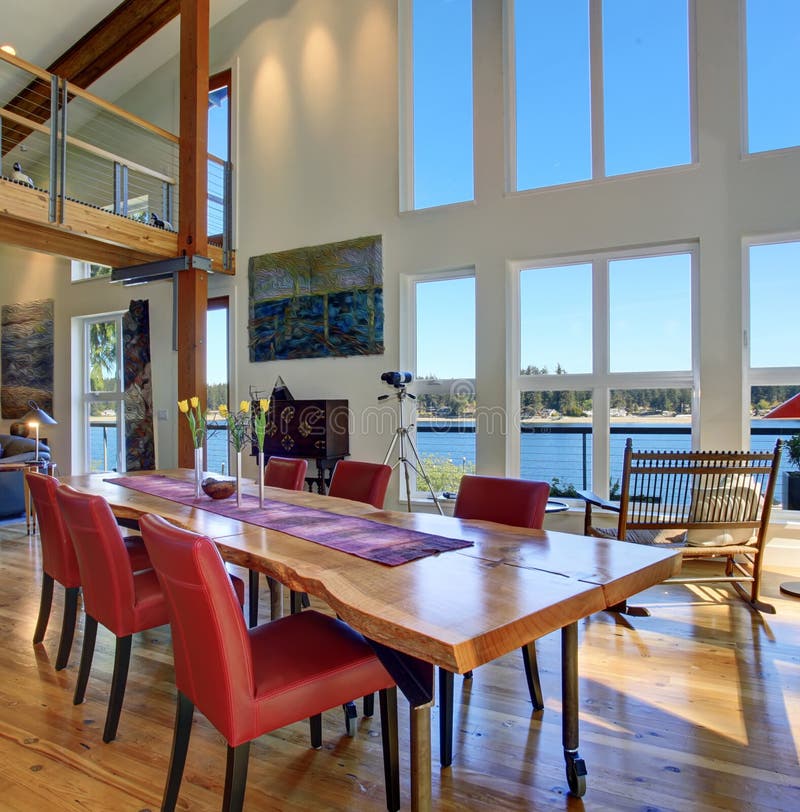

Lightroom is another Adobe’s popular product. I have a similar problem with the position of the history stack module (maybe I’m missing a trick here, too): To copy the processing steps of one image to another, I first have to switch back to lighttable view to get to the history stack module there.In terms of photography, we already know there is GIMP as the best open source alternative to Photoshop. So I would have to remember to switch off the second monitor before switching to lighttable. When I go back to the lighttable view, the edited image remains open in the second monitor, which can sometimes be very confusing. Of course, I can turn off the automatic loading of modules to speed things up, but then I lose a big advantage that saves me a lot of time during editing. No problem when I am editing images, but too long when I want to sort images. A great feature, but this way each image call via the filmstrip takes its time to show. I have basic modules that are loaded automatically. But this mode is, of course, mainly for image editing.
#Lighttable windows full
With the switch to Full Preview (W or F) I can do that, but first I have to press an additional button, but then I lose the overview of the images and can not zoom into the image in this mode.Įverything I would like to have in the lighttable view is available in the darktable view. Sometimes I need a larger view to better judge an image. This is all available in the lighttable view.

The lighttable view, in my opinion, is for viewing, selecting, managing and organizing images.įor this I need a good overview of my images and as much information about them as possible. Perhaps I have overlooked a fundamentally different way of working. I am absolutely thrilled with what the developers and programmers of dartable are doing. I did not want to criticize any efforts in any case. Also sometimes I take a snapshot of one picture to compare to the others in order to find the best shot worth my effort of developing. I am very happy with how the filmstrip lets me do this. Some images I rate as rejected to later be deleted and others I give a star rating. BTW, as I said before, I use the film strip to process a days shoot and move from one image (unprocessed) to the next. It would be worth outlining the benefits of using the second monitor and seeing if a developer is interested in your suggestion. The developer went further and put spot exposure mapping into the exposure module. Now in DT V4 we have the sort of feature I requested in the color calibration module (spot color mapping). So I then suggested being able to color balance based upon sampling a color in one image and making it the target in another image.
#Lighttable windows skin
That suggestion started an unexpected and lively discussion about the various skin tones based on race. As an example, I suggested the ability to color balance an image based upon sampling skin tone. Then if the developers are convinced of the value of the change they might try and implement it. I try to put together a case for why this would benefit users. However, I do make suggestions for improvements. I certainly appreciate the effort put in by developers to develop DT, so I avoid ever criticising their effort which is freely given. All RAW developers work with this standard of having an overview with small previews and showing the selected image in large format on a second monitor (if there). I am surprised that no one else has complained yet. It would be really a very simplifying feature, and the structure is there (selection of the second monitor, its ICC profile management, etc.). Probably Nilvus is right and it just hasn’t been programmed. It’s true, I can also go further in the filmstrip in the darktable view, but that takes far too long, because the basic modules always have to be loaded first.

In full screen mode (shortcut F or W) I lose the overview, so I have to switch back again and again while a “wrong” picture (left from the last darktable edit) is permanently displayed on the second monitor. It is a great advantage to have an overview with smaller previews in centre view, where I can quickly jump to an image if I want to look at it more closely. In the lightview view I rate the images and select them.


 0 kommentar(er)
0 kommentar(er)
